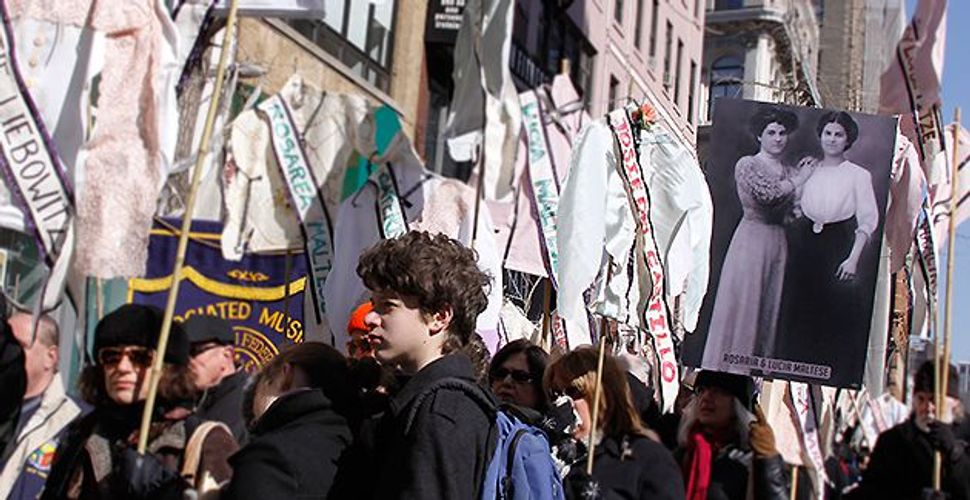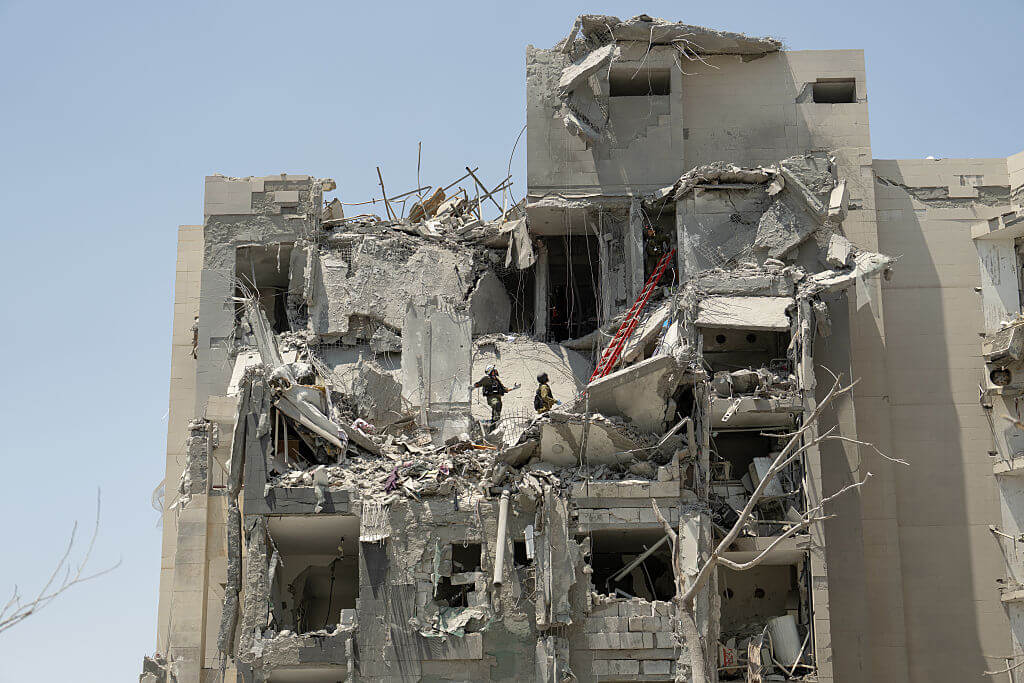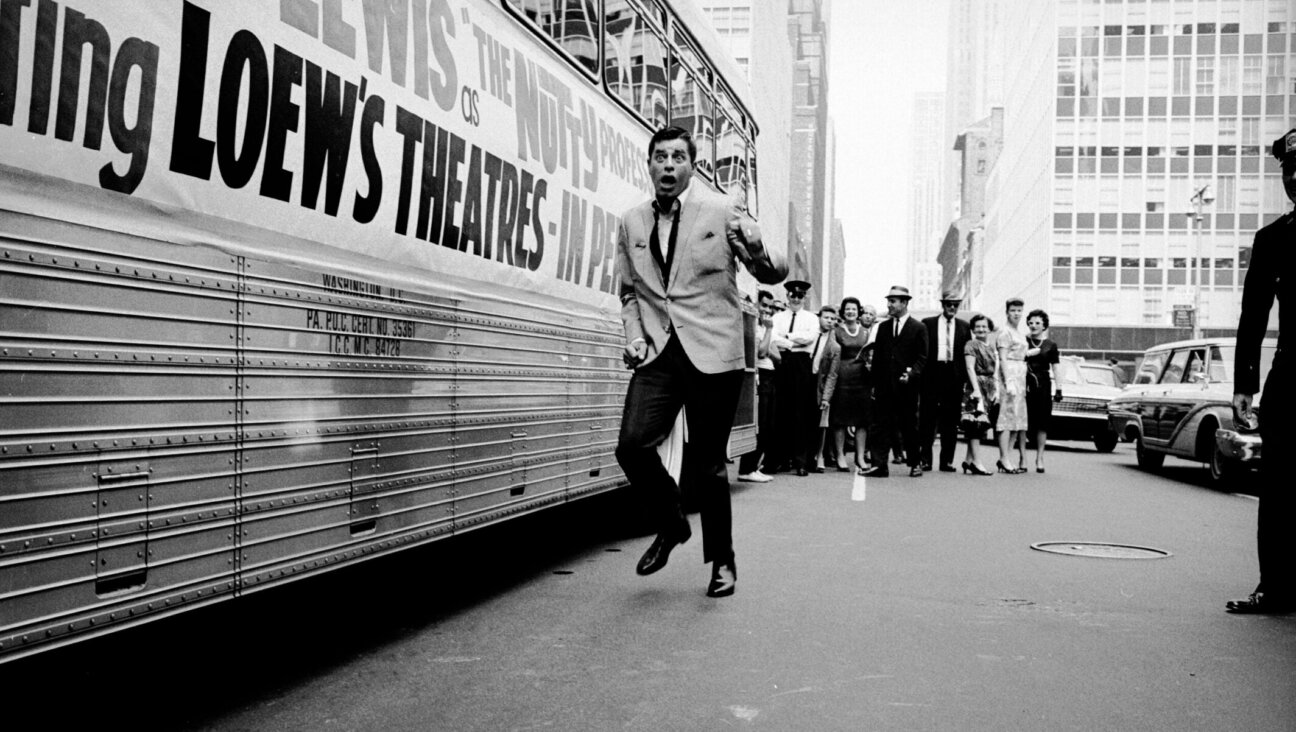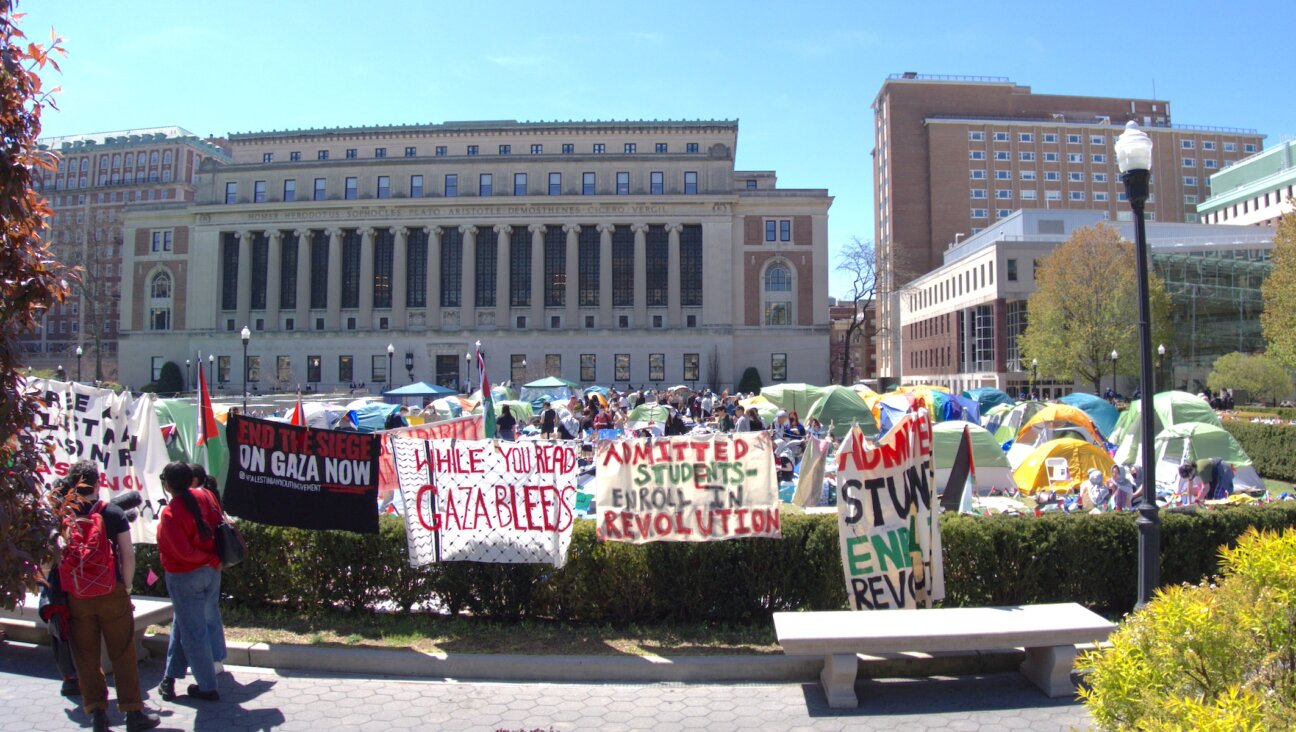Joy Resmovits
By Joy Resmovits
-

News Meet Julius Genachowski, The Jewish Father Of Net Neutrality
The Republican-led Federal Communications Commission has voted to reverse the policy of net neutrality which guarantees equal access to the web. Here’s how the Forward in 2010 profiled the Jewish leader of the FCC who spearheaded the policy in the first place. How should the United States regulate the Internet? The answer to this question…
-

Culture David Coleman, the Most Influential Education Figure You’ve Never Heard Of
As a boy growing up in downtown Manhattan with a college president for a mother and psychiatrist for a father, David Coleman often had lively and lacerating dinner table conversations. “My parents, while both working, were home every night at dinner,” said Coleman, now 43. The family wasn’t satisfied with easy repartee. If Coleman went…
-
News Learning Her Mother’s Legacy
In September 1909, Clara Lemlich, a young woman from Ukraine, stood up in front of a crowded auditorium in New York City’s Cooper Union. After listening to lengthy speeches by union leaders who urged caution, Lemlich said that the poor pay and unsafe working conditions could go on no longer, and she called for a…
-

News Triangle Fire Victims’ Families Gather To Affirm Ongoing Legacy
It was a family reunion of sorts — just 100 years after the fact. As soon as the march and speeches were over, and the names of all 146 victims of the Triangle Shirtwaist Factory Fire had been read aloud, family members of those who died and those who survived the March 25, 1911, blaze…
-
News New Book and New Guilty Plea Cast Syrian Jewish Community Back in Spotlight
A prominent Syrian rabbi?s recent guilty plea and a new tell-all book that probes the underside of his insular community appear likely to confront Syrian Jews once more with a scandal that just won?t go away. On Monday, March 28, Rabbi Saul Kassin, age 89, pleaded guilty to one count of unauthorized money transmitting ?…
-
News Thousands Mark Fire’s Centennial at Triangle Site
U. S. Secretary of Labor Hilda Solis said she did not hesitate a minute when she was asked last year to be a keynote speaker at today’s 100th anniversary commemoration of the Triangle Shirtwaist Factory Fire. Solis reminded the thousands of people packed into the blocks near Washington Square that the fire in the overcrowded…
-
Fast Forward A Procession of ‘Shirtwaists’
A few hundred marchers assembled this morning at Union Square in New York City, preparing for a solemn procession to the site of the Triangle Shirtwaist factory, where 146 young immigrants perished in a fire 100 years ago today. For many years, the Triangle fire was the worst industrial accident in New York City. The…
-

News ‘Help Us! Help Us! Help Us Now!’
Composer Elizabeth Swados has dramatized tragedy before, but never the fear that rises from the gut when flames are sweeping nearby and escape is far away. In creating the music for the most terrifying moments in an original oratorio for the centennial of the Triangle Shirtwaist Factory Fire, Swados turned to raw instinct. “I didn’t…
Most Popular
- 1

Fast Forward Tucker Carlson calls for stripping citizenship from Americans who served in the Israeli army
- 2

Film & TV The new ‘Superman’ is being called anti-Israel, but does that make it pro-Palestine?
- 3

News Meet the Jews who helped elect Zohran Mamdani
- 4

Opinion This German word explains Trump’s authoritarian impulses — and Hitler’s rise to power
In Case You Missed It
-

Fast Forward Israel is so concerned about homegrown Iranian spies it is launching a PR campaign to dissuade them
-

Books Legendary ‘King of Comedy’ Jerry Lewis placed a weekly Jewish deli order, his son recalls
-

Antisemitism Decoded How Grok’s Nazi escapade perfectly captured our antisemitic moment
-

Fast Forward Columbia adopts controversial antisemitism definition as it negotiates with Trump administration
-
Shop the Forward Store
100% of profits support our journalism







